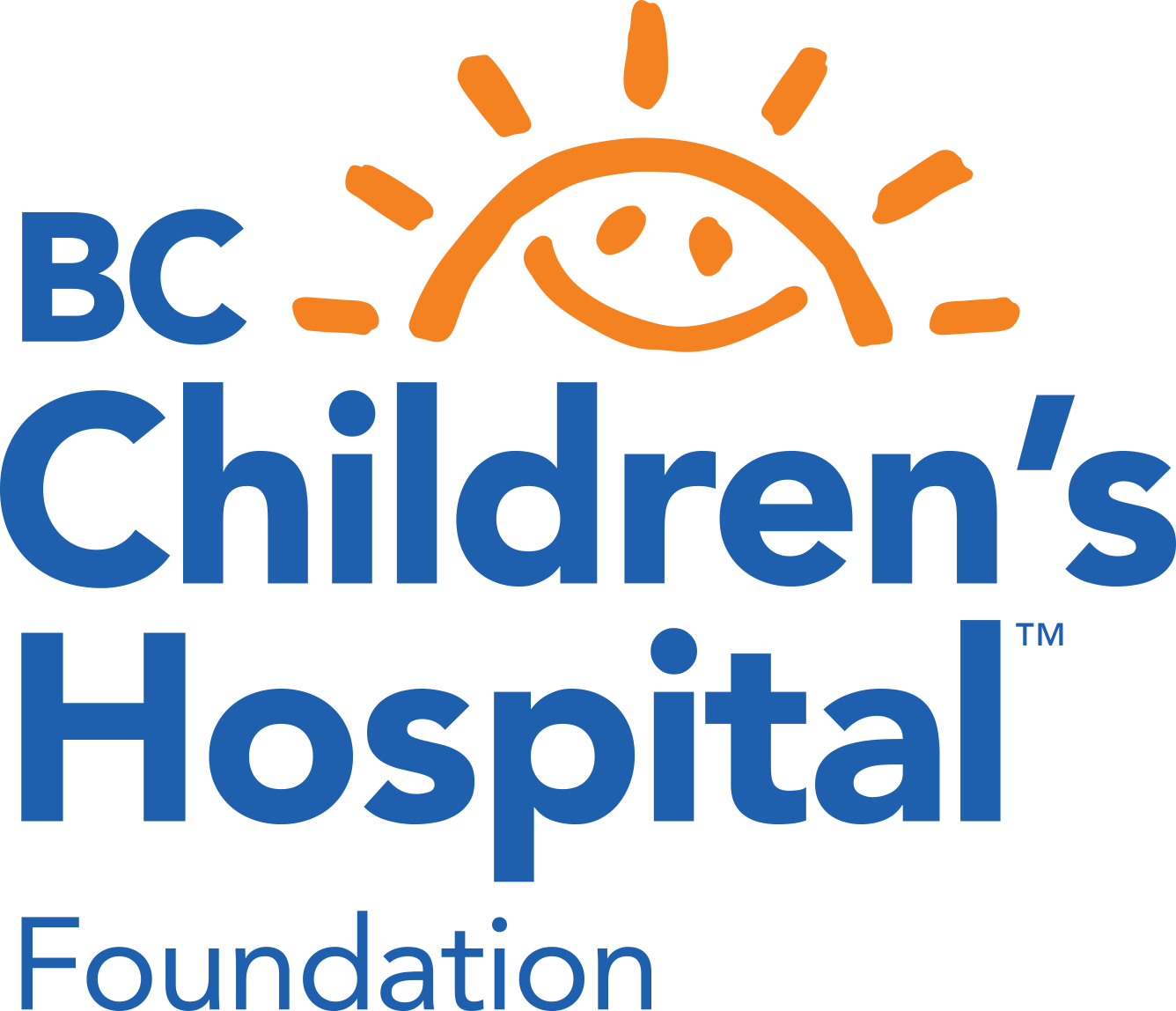Propranolol (Inderal®, Inderal LA® and generic forms) belongs to a group of medications called “beta-blockers.”
What is this medication used for?
Like many other medications, Health Canada has not approved propranolol for use by children or adolescents.
However, when potential benefits outweigh risks, propranolol may be prescribed “off-label” for the treatment of restlessness (called akathisia). This is one type of movement side effect, called “extrapyramidal” side effects (EPS), caused by antipsychotic medications.
It is also used for treatment of high blood pressure (hypertension), prevention of migraine headaches, heart rhythm abnormalities and several other conditions in children and adolescents.
Learn more about off-label medication use: http://bit.ly/KMH-off-label-use
Tell your doctor or pharmacist if you:
- Have allergies or bad reactions to a medication
- Take (or plan to take) other prescription or non- prescription medications, including natural medicines. Some medications interact with propranolol. Your doctor may adjust medication doses or monitor for side effects
- Have a history of heart disease including heart failure, low blood pressure, circulatory disorder or Prinzmetal’s angina
- Have a history of kidney or liver disease, asthma or chronic obstructive pulmonary disease (COPD), diabetes or hyperthyroidism
- Miss a menstrual period, are pregnant, breast-feeding or planning a pregnancy
- Use alcohol or drugs. Taking propranolol together with certain substances may cause a bad reaction. Learn more at www.DrugCocktails.ca
When will the medication start to work?
When taken to relieve restlessness caused by antipsychotic medications, you may notice that symptoms improve in a few hours. However, it may take several days to see the full benefits of the medication.
Talk with your doctor if you feel that propranolol has not been helpful or if side effects are too bothersome. Your doctor may recommend switching you to a different medication.
This medication is not addictive. Do not stop taking it before talking to your doctor.
How do I take this medication?
Some people may only need to take propranolol occasionally on an ‘as needed’ basis, while others may take it regularly. If you take it regularly, propranolol is usually taken once or twice daily, at the same time(s) each day. It can be taken with or without food. Sometimes, you will start with a low dose and slowly increase this dose over several days or weeks, based on how you tolerate it.
There are two forms of propranolol: a tablet and an extended-release capsule. Propranolol tablets and extended-release capsules should be swallowed whole with liquids. If necessary, tablets may be split in half, but they should not be crushed or chewed. Extended-release capsules should not be crushed, chewed or divided.
Possible common or serious side effects:
Side effects may be more common when starting a medication or after a dose increase. Talk to your doctor, nurse or pharmacist if any side effect concerns you.
- Dizziness, drowsiness, tiredness or weakness
- Stomach ache, diarrhea or constipation
- Loss of appetite, nausea or vomiting
- Difficulty sleeping
- Unusual or strange dreams
Contact your doctor immediately if you experience:
- Unexplained rash or red, swollen, blistering skin
- Unusual chest pain, confusion or slow heartbeat
- Dizziness when rising from lying down or from a sitting position
- Changes in vision or ringing in the ears
- Unusual bleeding or bruising
- Numbness and spasms in fingers followed by warmth and pain
- Difficulty breathing or wheezing
- Hearing or seeing things that are not there (hallucinations)
What precautions should my doctor and I be aware of when taking this medication?
- Many medications may interact with propranolol, including alpha-blockers, alpha-agonists, amphetamines, beta-2-agonists, calcium channel blockers, cannabis, barbiturates, diphenhydramine, insulin and several other medications. If you are (or begin) taking any other prescription, over-the counter medication, natural
- health product or supplement, check with your doctor or pharmacist to see if they are safe to use.
- Propranolol can cause a rare side effect of development of a serious rash that involves larger areas of the body or mucus membranes (such as eyelids, nostrils, mouth, genitals). This usually also includes a fever. It is important to seek medical advice immediately if you develop any rash or skin reaction while taking propranolol.
- While taking this medication, if you feel dizzy, drowsy or slowed down, do not drive a car or operate heavy machinery. Alcohol could make this worse. Try to avoid alcohol while taking propranolol.
How do I store this medication?
Keep this medication in the original container, stored at room temperature away from moisture and heat and protected from light. Keep this medication out of reach and sight of children.
What special instructions should I follow while using this medication?
- Keep all appointments with your doctor.
- Your doctor may order certain assessments and tests (for example, abnormal involuntary movement testing). This is to monitor your condition, check how you are responding to propranolol, and monitor for side effects.
- Do not allow anyone else to use your medication.
What should I do if I forget to take a dose of this medication?
If you are taking propranolol regularly and forget to take a dose, take the missed dose as soon as you remember.
However, if it is within 4 hours of your next scheduled dose, skip the missed dose and continue with your regular schedule. DO NOT double your next dose to try to ‘catch up’.
How does this medication work?
Propranolol helps to improve symptoms of inner restlessness (akathisia), lowers blood pressure, and slows the heart rate by changing the way your body responds to stress. It blocks beta-adrenergic receptors, which decreases the effects of the brain chemical norepinephrine (noradrenaline). The exact way that propranolol improves restlessness caused by antipsychotics is not known.
How well does the medication work in children and adolescents?
Propranolol has been shown to be better than placebo (an inactive pill) for the treatment of severe physical restlessness, agitation, fidgeting and pacing. These symptoms are known as akathisia, a movement side effect caused by antipsychotic medications (for example, risperidone, aripiprazole, loxapine or haloperidol).
How long should I take the medication for?
This depends on the symptoms you have, how frequently they occur, and how long you have had them. Treatment with propranolol may only be needed if you experience restlessness or ongoing increases in heart rate from taking antipsychotic medication.
Some people may require propranolol for a short duration, while others continue to take this medication for as long as they are taking antipsychotic medication. Your doctor will re-assess over time the need for you to continue propranolol treatment.
Do not increase, decrease, or stop taking this medication without discussing it with your doctor. If you stop taking propranolol suddenly, it is possible you may experience increased restlessness or an uncomfortable reaction such as sweating, shaking, an irregular heart beat or chest pain.



